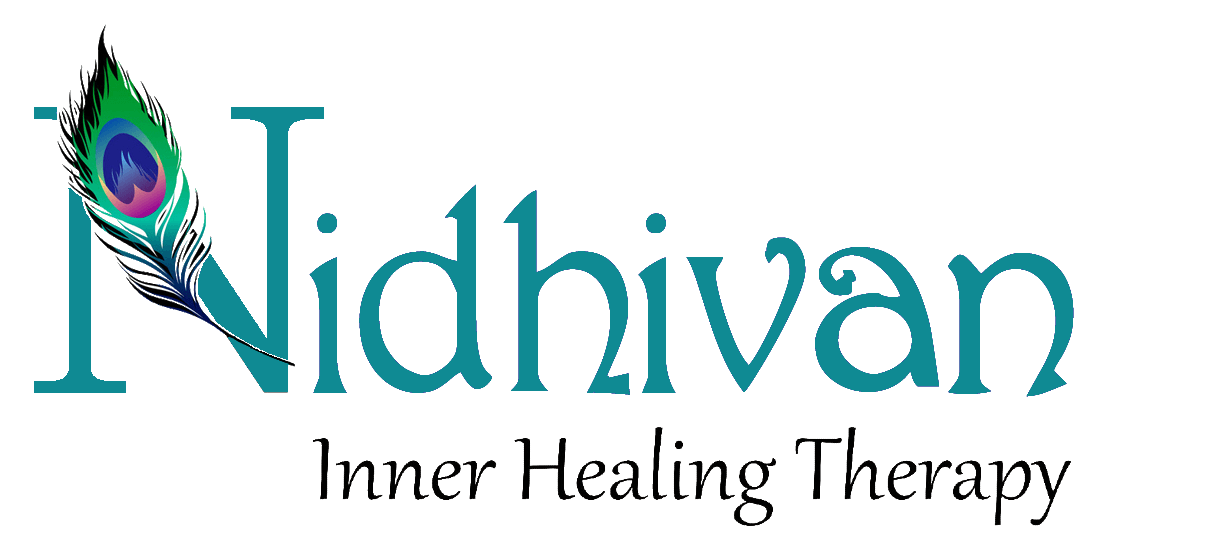Articles
Anxiety

Anxiety encompasses feelings of worry, nervousness, or dread. Although unpleasant, occasional bouts of anxiety are natural and sometimes even productive By signalling that something isn't quite right, anxiety can help people both avoid danger and make important and meaningful changes.
But persistent, pervasive anxiety that disrupts one's daily life, whether at school, work, or with friends, can be the mark of an anxiety disorder.
According to the National Institutes of Health, and the condition strikes more women than men.
Anxiety disorders manifest in different ways, and are often diagnostically distinct. Generalized anxiety disorder is a chronic state of severe worry and tension, often without provocation. Panic disorder refers to sudden and repeated panic attacks-episodes of intense fear and discomfort that peak within a few minutes. Obsessive-compulsive disorder is marked by intrusive thoughts or compulsions to carry out specific behaviours, such as hand washing. Post-traumatic stress disorder may develop after experiencing or witnessing a traumatic event.
Anxiety is often accompanied by depression, and the two share an underlying genetic architecture.
Beyond genetics, childhood experiences such as early trauma or parental overprotection can play a role in forming an anxious disposition. In people with anxiety disorders, the brain circuitry that controls the threat response seems to go awry: The amygdala, a structure that detects danger, can become overactive, triggering a threat where none really exists.
Anxiety is often treated successfully using therapy, medication or both.
Mindfulness meditation is another effective technique for some.
How to Recognize the Signs of Anxiety
Individuals suffering from anxiety may feel restless, on edge, and irritable. They may have difficulty concentrating or controlling their emotions. Physical symptoms can also include fatigue, trembling, trouble sleeping, stomachaches, headaches, and muscle tension.
Anxiety often involves worrying to an intense, excessive degree. Those worries can apply to any aspect of life, from social situations and family dynamics to physical health and professional concerns.
A person's angst or dread can be drastically out of proportion to the actual challenges he or she is facing. People may also irrationally believe that the worst-case scenario is inevitable.
-
BLOGS & ARTICLES
-
BODY AND HEALTH
-
DIET
- ● Miracles of alkalizing diet
- ● Eating disorders
- ● What is bulimia?
- ● The binge eating cycle
- ● Diet for managing body weight
- ● How our diet governs our emotions
- ● How emotions influence our diet
- ● Modern food engineered for our tongue
- ● Healthy diet and regimen
- ● Healing powers of colourful food
- ● What is mindful eating?
- ● How is mindful eating achieved?
- ● Why is mindful eating necessary?
- ● Mindfulness and correct knowledge
- WATER
- ● Strengthening your immune system
- ● Exercise-the ultimate health tool.
-
DIET
-
MIND- EMOTIONAL MOLECULES
- ● The power of emotions
- ● Effect of positive and negative emotions on human body.
- ● Mental strength
- ● Secrets that we keep from ourselves
- ● Mindfulness
- ● Emotional intelligence
- ● Anxiety
- ● Caring
- ● Cheerfulness: positive and enriching
- ● Compassion-the blissfulness!!
- ● Courage- the inner strength and valour
- ● Creativity : innovative imagination
- ● Depression
- ● Effects of depression on the body
- ● Excitement: feeling energetic
- ● What is fear?
- ● Forgiveness: healing self
- ● Gratitude - thankfulness to self or others
- ● Helping : a beautiful mind leading to a beautiful gesture
- ● Hope: believing in his power
- ● Humility - deeper rivers flow in majestic silence
- ● Humor - sense of laughter
- ● Life satisfaction: pure contentment
- ● Lovability: attracting and deserving love
- ● What is love?
- ● Needs and values
- ● Optimism: foundation of courage and true progress
- ● Patience: practise in trust
- ● Pride: the longest distance between two people
- ● Security : the best reserve of knowledge, experience and ability
- ● Self confidence : the most beautiful thing you can wear
- ● Serenity : peace amid the storm
- ● Thought-fullness : kindness is its passport
- ● Trust : much needed for true bond
- ● Being valued
- ● Wisdom: positive and enriching
- ● Relationship connection and healing
- ● Understanding good mental health
- ● Complex inter-relationship of mind and body
- ● Healthy mind- healthy body
- ● Goals
- ● Proactive and reactive personalities
- ● Stress in the workplace
- ● Emotional first aid
- SPIRITUAL HEALING
-
HOMOEOPATHY HEALS
- ● Homeopathy and gout
- ● Homeopathy and depression
- ● Homeopathy and hairfall
- ● Homeopathy and hypothyroidism
- ● Homeopathy for skin
- ● Homeopathy and stress
- ● Homeopathy for anaemia
- ● Homoeopathic for arthritis
- ● Homeopathy for constipation
- ● Homeopathy for respiratory ailments
- ● Homeopathy for sleeplessness
- ● Homeopathy for weight loss
- ● Homeopathy in children
- ● Homeopathy and allergy
- ● Homoeopathy for acne
- ● Homoeopathy for backache
-
BODY AND HEALTH
